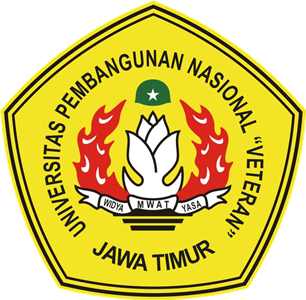STUDY OF IMAGEABILITY AND PERMEABILITY CONCEPTS IN THE DEVELOPMENT OF KOTA KOWLOON HONG KONG CENTER
DOI:
https://doi.org/10.33005/border.v2i2.63Keywords:
city centers, imageability, permeability, regions, qualitative methodsAbstract
The Kowloon Hong Kong area is an urban area in Hong Kong which consists of the Kowloon and New Kowloon Peninsula. This area is the city center of Hong Kong which has high mobility, and is rich in activity. The kowloon area has a variety of facilities such as offices, commercial, business, public facilities,
residential, conservation and recreation. Most of the regional architecture has an international or modern style that makes the infrastructure of good quality and becomes an attraction for visitors. Kowloon is an area that has the most visitors from Hong Kong residents because there are office areas and tourists because of the many hotel facilities in the Tsim Sha Tsui area, especially shopping areas, international culinary delights, and are the most popular spots for tourists. This study aims to examine the concept of imagability and permeability in the development of the Kowloon area using the Kevin Lynch theory. Imageability is a depiction of the physical qualities of an object or area. Permeability is the quality of accessibility and humanmovement activities in an area. The results of the research show that the Kowloon area has excellent image
of the city path, node, landmark, district and edge and permeability regarding block accessibility, lane width,
and very good line relations so that it can be assessed that the Kowloon area is a legible area

















